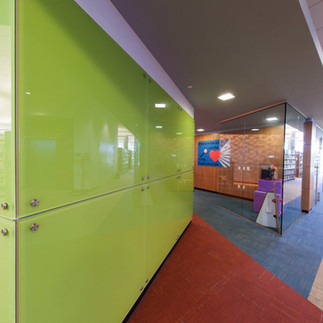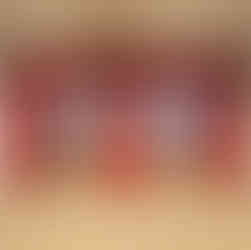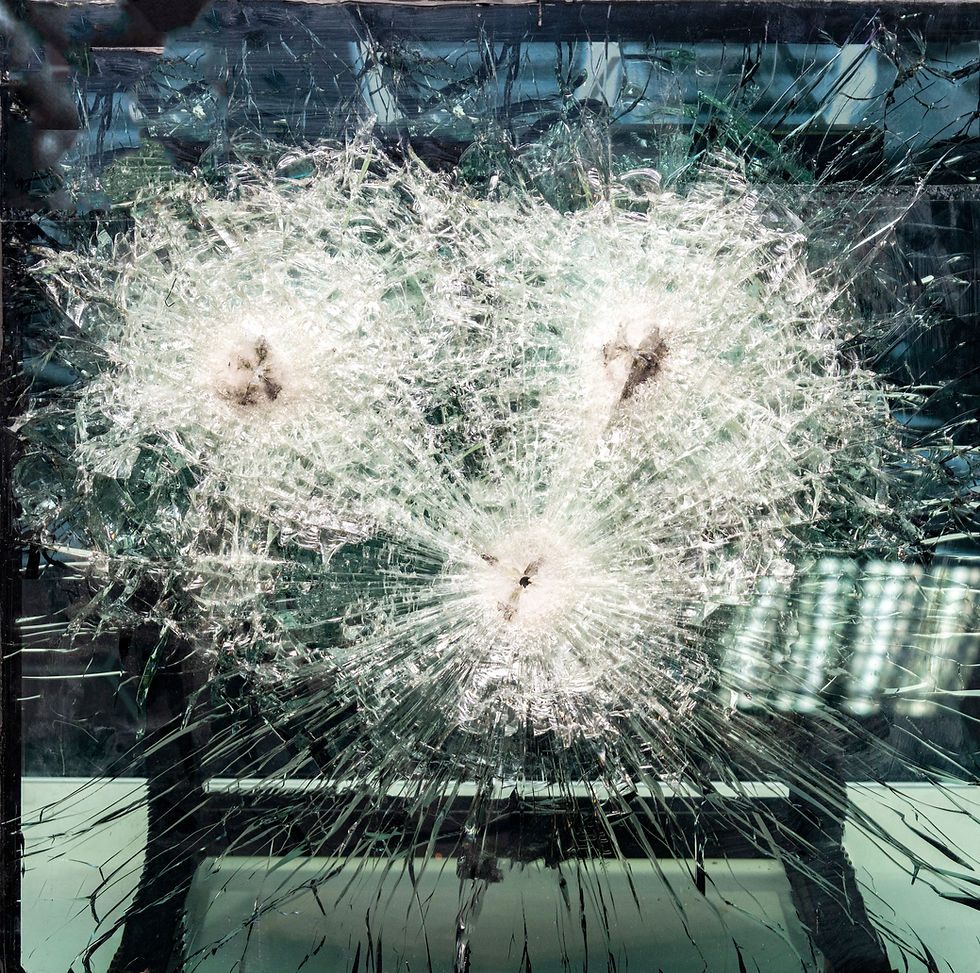The Art of Digital Printing on Glass
- Vivian Reyes

- Apr 15
- 3 min read
In an era where design meets advanced technology, digital printing on glass is emerging as a game-changer in architecture, interior design, and advertising. The fusion of digital precision and the elegance of glass offers a world of creative opportunities—allowing everything from stunning decorative panels to detailed branding on glass facades.
Digital printing on glass isn’t just a trend. It’s a transformative technique redefining how we look at transparency, privacy, and personalization. Whether you're a designer looking to bring your vision to life or a business aiming to make a bold impression, this technology opens up a new dimension of possibilities.
Digital glass printing is a process where ceramic inks are directly printed onto the surface of glass using specialized inkjet printers. These inks become a permanent part of the glass once it goes through a tempering or annealing process, which makes the image not just vibrant but also durable and resistant to weather, UV, and scratching. Dip-Tech's custom ink formulas are developed by their team of in-house chemists and are classified into three main categories-architectural inks, specialty application inks and automotive and transportation inks. These inks vary in properties, features, and benefits, and each type lends itself to different specialized applications.
The Technology Behind It
Architectural Inks: These are premium, durable, high performance spectrum inks with a built-in gloss finish. They are available in numerous colors, which can be digitally mixed to create different tints and shades.
Specialty Application Inks: These are slip-resistant inks used mainly for surfaces such as stair treads and flooring. The ink itself is non-abrasive and able to withstand significant amounts of wear. Specialty inks can also be used to produce etching or textured effects.
Automotive and Transportation Inks: Specialized automotive and transportation inks are ideal for internal or external printing on automotive glass. Dip-Tech's specialty black ink is durable, has excellent UV resistance, and meets international automotive safety standards..
Common Applications
Signage
Glass partitions, panels, and elevator interiors
Stair treads and flooring
Handrails
Canopies
Table tops
Why it’s Better Than Traditional Methods
Compared to screen printing or etching, digital printing offers:
Unlimited colors and gradients
High-resolution imagery
Customizability at scale
Cost-efficiency for short and medium runs
Beyond its aesthetic advantages, digital printing on glass offers several practical and environmental benefits. Because the ceramic inks become a permanent part of the glass surface, the prints are extremely durable and long-lasting, even in harsh outdoor conditions. The process is eco-friendly, with low emissions and minimal waste, especially compared to screen printing which requires chemical-heavy cleaning processes and considerable material use. The ability to print on demand also reduces overproduction and warehousing needs, aligning with today’s move toward more sustainable manufacturing practices.
That said, the technology is not without its challenges. The upfront investment in equipment and training can be significant, and designing effectively for transparent or reflective surfaces does require some specialized expertise. Color accuracy and resolution are critical, especially in architectural applications where consistency across multiple panels is essential. Additionally, while large-scale printers exist, there are still limitations on maximum sheet sizes, though these are gradually being overcome as the technology evolves.
Looking ahead, the future of digital glass printing is incredibly promising. Innovations like UV LED inks, interactive smart glass, and 3D effect printing are already starting to make waves. Imagine buildings that display dynamic visuals or respond to environmental changes, or interior spaces that shift in mood and tone depending on the time of day. As technology continues to advance and costs become more accessible, we can expect digital glass printing to move from niche applications into more mainstream use across architecture, retail, hospitality, and beyond.
In conclusion, digital printing on glass is much more than a decorative technique—it’s a transformative tool that blends art, architecture, and technology in beautiful harmony. It allows us to reimagine what glass can do, pushing the boundaries of creativity while delivering durability and functionality. Whether you’re designing a skyscraper facade, a hotel lobby, or a piece of art for your home, the possibilities are as clear—and as endless—as the material itself.
















Comments